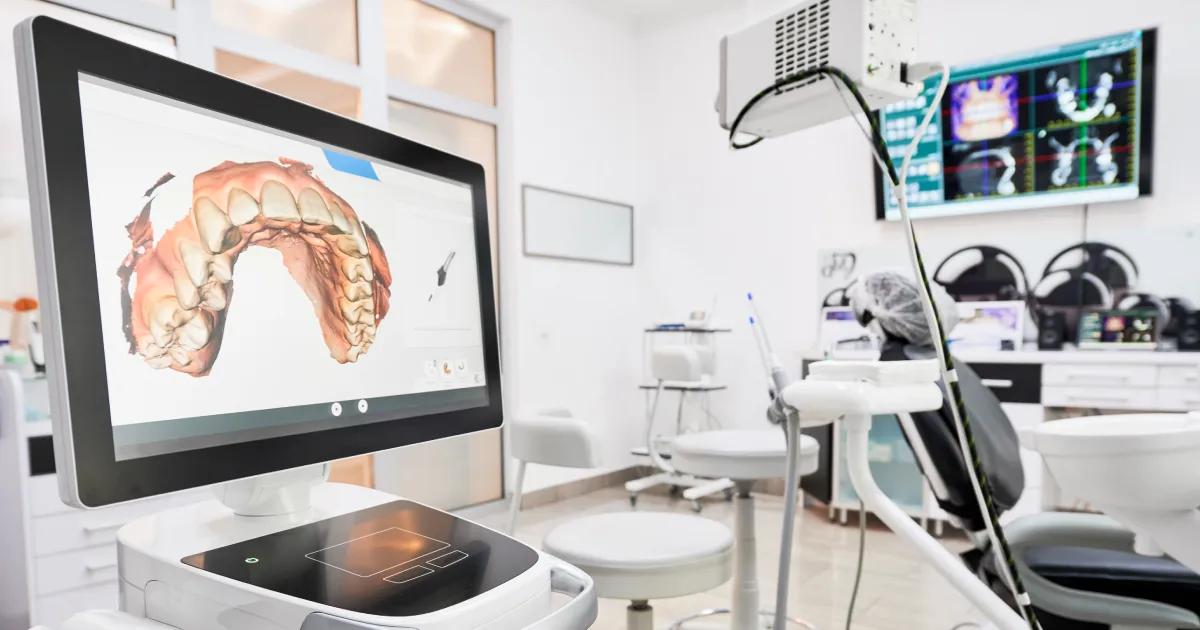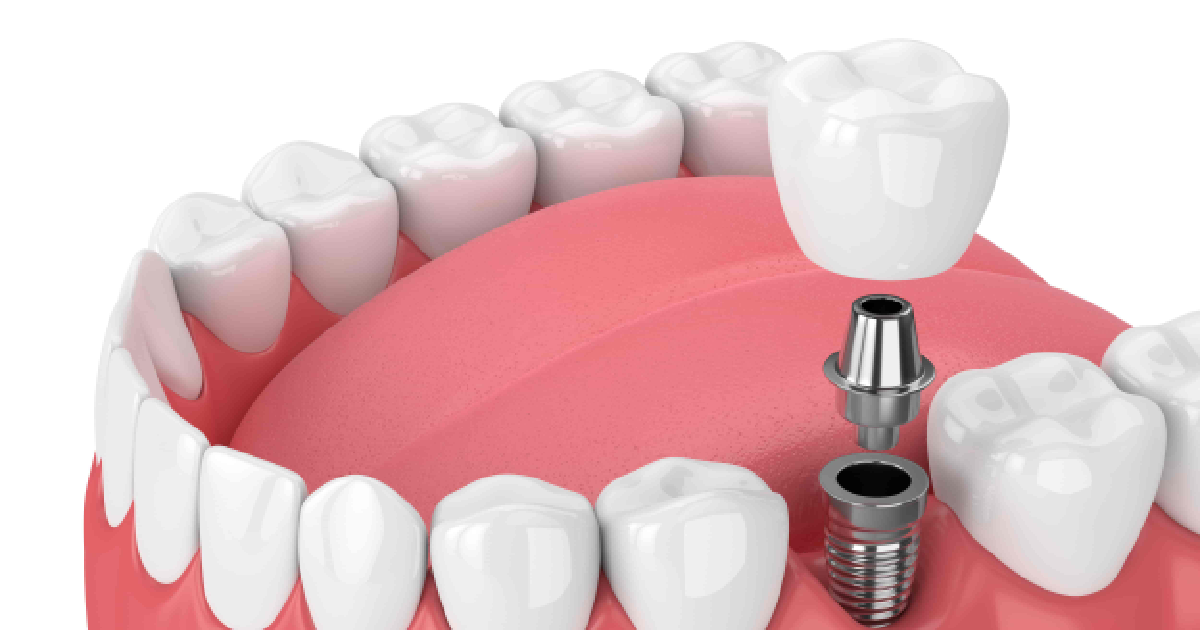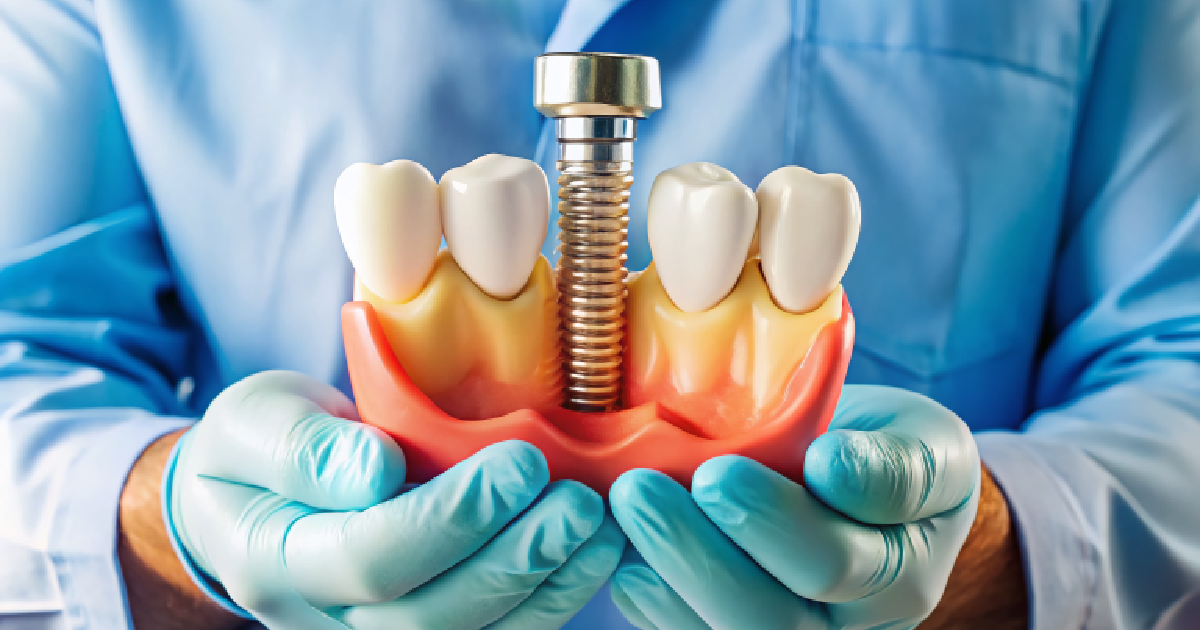Table of Contents
Traditional dental X-rays have been the standard for decades, but they come with a significant limitation: they’re flat. Two-dimensional images can show cavities and basic bone structure, but they miss critical details that affect orthodontic treatment planning.
Hidden tooth roots, complex jaw relationships, and airway obstructions can significantly alter the positioning of braces or aligners. Without seeing the full three-dimensional picture, orthodontists are working with incomplete information. That often means adjustments mid-treatment, longer treatment times, or results that don’t quite match expectations.
3D CT imaging changes that equation entirely. Instead of guessing at what’s happening beneath the surface, orthodontists can see every angle, every millimeter, every anatomical detail before making a single treatment decision. At Solomon Family Dentistry in Summerville and Mount Pleasant, South Carolina, this technology has become essential for creating treatment plans that actually work the first time.
For anyone facing orthodontic treatment, whether it’s braces, aligners, or surgical correction, understanding how 3D CTs imaging improves planning can make the difference between an okay result and an excellent one.
What Makes 3D CT Scans Different
A dental 3D CT scan, also called cone beam computed tomography (CBCT), works by rotating around the head and capturing hundreds of images from different angles. Those images get combined by computer software to create a complete three-dimensional model of the teeth, jaw, sinuses, and surrounding structures.
Unlike medical 3D CT scans used in hospitals (which deliver higher radiation doses), the 3D cone beam CT used in dentistry is specifically designed for oral structures. It provides incredibly detailed images while keeping radiation exposure lower than traditional medical CT scans.
The difference between 2D X-rays and 3D imaging is like comparing a photograph to standing in a room. One provides a view, while the other offers a complete spatial understanding. Orthodontists can rotate the image, zoom in on specific areas, measure distances with precision, and simulate how teeth will move before treatment even begins.
This matters because orthodontics is more than just straightening teeth. It’s about creating proper bite alignment, ensuring adequate airway space, avoiding nerve damage, and achieving a result that remains stable for years. All of those factors require seeing the full picture, which 3D imaging for dentistry provides.
Why Orthodontic Planning Gets Better with 3D CTs
Pinpoint Accuracy Before Treatment Starts
Traditional treatment planning involves a lot of educated guessing. How thick is the bone around that tooth? Where exactly are the roots positioned? Will there be enough space after the expansion? With advanced CT technology, these questions get answered definitively. The 3D CT scan accuracy eliminates guesswork, allowing orthodontists to design treatment plans based on actual measurements rather than assumptions.
Spotting Problems That Would Otherwise Cause Delays
Many orthodontic complications only show up partway through treatment, such as impacted teeth that weren’t visible on regular X-rays, root resorption, and inadequate bone support. By the time these issues surface, treatment is already underway, and adjustments become necessary. 3D CTs imaging catches these problems upfront, preventing mid-treatment surprises that extend timelines and add costs.
Customized Treatment That Fits Your Anatomy
No two mouths are identical. Jaw width, tooth angulation, and bone density – these variables affect how teeth respond to pressure. 3D imaging allows orthodontists to create highly specific plans that account for individual anatomy. Bracket placement can be optimized, force levels can be calibrated, and movement predictions become far more reliable.
Better Communication Between Providers
When orthodontic cases require collaboration (like combining braces with jaw surgery), having detailed 3D images ensures everyone is working from the same information. Oral surgeons can see exactly what the orthodontist plans to achieve, and vice versa. This coordination leads to better outcomes and fewer miscommunications.
Safer Treatment with Less Risk
Orthodontic movement involves shifting teeth through bone. If roots get too close to vital structures like nerves or sinuses, serious complications can occur. 3D CTs show these danger zones clearly, allowing orthodontists to plan tooth movement that avoids them entirely. It’s prevention rather than reaction.
Realistic Expectations from Day One
One of the biggest frustrations in orthodontics is when the final result doesn’t match what the patient expected. 3D imaging enables more accurate treatment simulations, allowing patients to see a realistic preview of what’s achievable given their specific anatomy. This transparency builds trust and reduces disappointment.
Who Should Consider 3D CT Imaging?
If you or your child is starting or even considering orthodontic care, 3D CTs Imaging is likely part of the process at Solomon Family Dentistry. But it’s not just for braces or aligners.
This technology is ideal for:
- Teens or adults beginning orthodontic treatment
- Kids with early signs of bite or jaw misalignment
- Patients with missing or impacted teeth
- People with past dental trauma or facial pain
- Anyone needing implants or oral surgery
- Patients who’ve had inconsistent results from past dental care
No matter your age or dental history, 3D scans give your provider the clearest starting point possible. Contact us to learn more about 3D CTs Imaging in Summerville and Mount Pleasant, SC, and how it improves treatment outcomes.
What to Expect During a 3D Dental CT Scan
Worried about how it feels? Don’t be. The entire process is designed to be quick and comfortable. Here’s what it looks like step by step:
Before the Scan
There’s no special prep required. You’ll be asked to remove metal items like glasses or earrings before stepping into the scanner.
During the Scan
You’ll either sit or stand still with your chin on a rest while the scanner rotates around your head. It takes about 10 to 30 seconds, depending on the system used. There’s no pain, poking, or discomfort; just a quiet machine doing its job.
After the Scan
That’s it. No recovery, no downtime. Your dentist will review the images and go over the next steps for your treatment plan. If the scan is part of a check-up, you may also get a cleaning during the same visit.
Timeline for Results
Because the scan is digital, the images are available almost instantly. Your provider can begin evaluating the scan right away to build your treatment plan or assess your current progress.
Better Scans Mean Better Smiles
Getting great orthodontic results starts with a great plan. And that plan depends on seeing the full picture, not just the surface.
3D CTs Imaging gives your dentist the kind of insight that 2D images can’t offer. From more accurate diagnoses to faster, safer treatment timelines, the benefits are real, and they’re changing what’s possible in modern dental care.
If you’re looking for trusted 3D CTs Imaging in Summerville and Mount Pleasant, SC, the experienced team at Solomon Family Dentistry is ready to help.
Book your 3D CT Scan today and take the first step toward smarter, more precise treatment planning.





